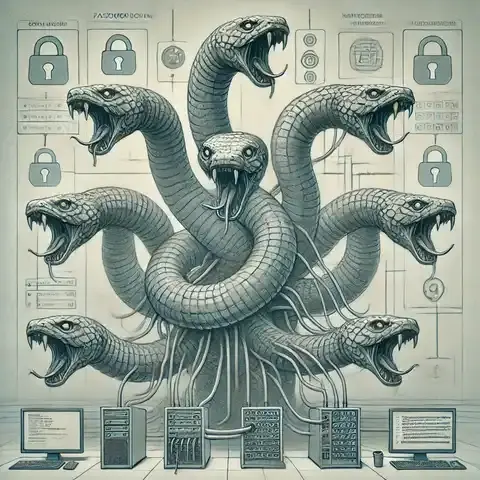
Hydra: A Powerful Penetration Testing Tool for Password Cracking
In the dynamic and often chaotic world of cybersecurity assessments – be it a penetration test, a vulnerability assessment, or a security audit – one skill frequently underestimated yet profoundly impactful is meticulous note-taking. Far from being a mere administrative task, comprehensive and organized notes are the backbone of a successful assessment, directly influencing efficiency, accuracy, and the quality of the final report.
The value of good notes extends across every phase of a security assessment:
The goal is to capture enough detail to recreate the assessment steps and validate findings, without getting bogged down by irrelevant information. Key categories of information include:
nmap -sV -p- 10.10.10.1, dir /s C:\)The "best" tool is often the one you're most comfortable and efficient with. Popular choices include:
script command).Screenshots and Screen Recordings: Complement your textual notes with visual evidence. Tools like Greenshot (Windows), Shutter (Linux), or built-in OS screenshot utilities are invaluable. For complex attack chains, screen recording tools can be very helpful.
[DATE]_HostDiscovery.md, [VULN_ID]_SQLi_LoginBypass.md).The culmination of any security assessment is the report. While diligent note-taking ensures accuracy and completeness, the report's structure dictates its clarity, impact, and utility to the client. A well-structured report effectively communicates findings, their business impact, and actionable recommendations to both technical and non-technical audiences.
Adhering to a standardized, best-practice structure not only meets client expectations but also enhances the credibility and professionalism of the assessment. Here are the typical sections expected in a comprehensive security assessment report:
By meticulously structuring your security assessment reports, you transform a collection of technical findings into a valuable, actionable document that empowers clients to effectively improve their security posture. It's where your diligent note-taking truly pays off.